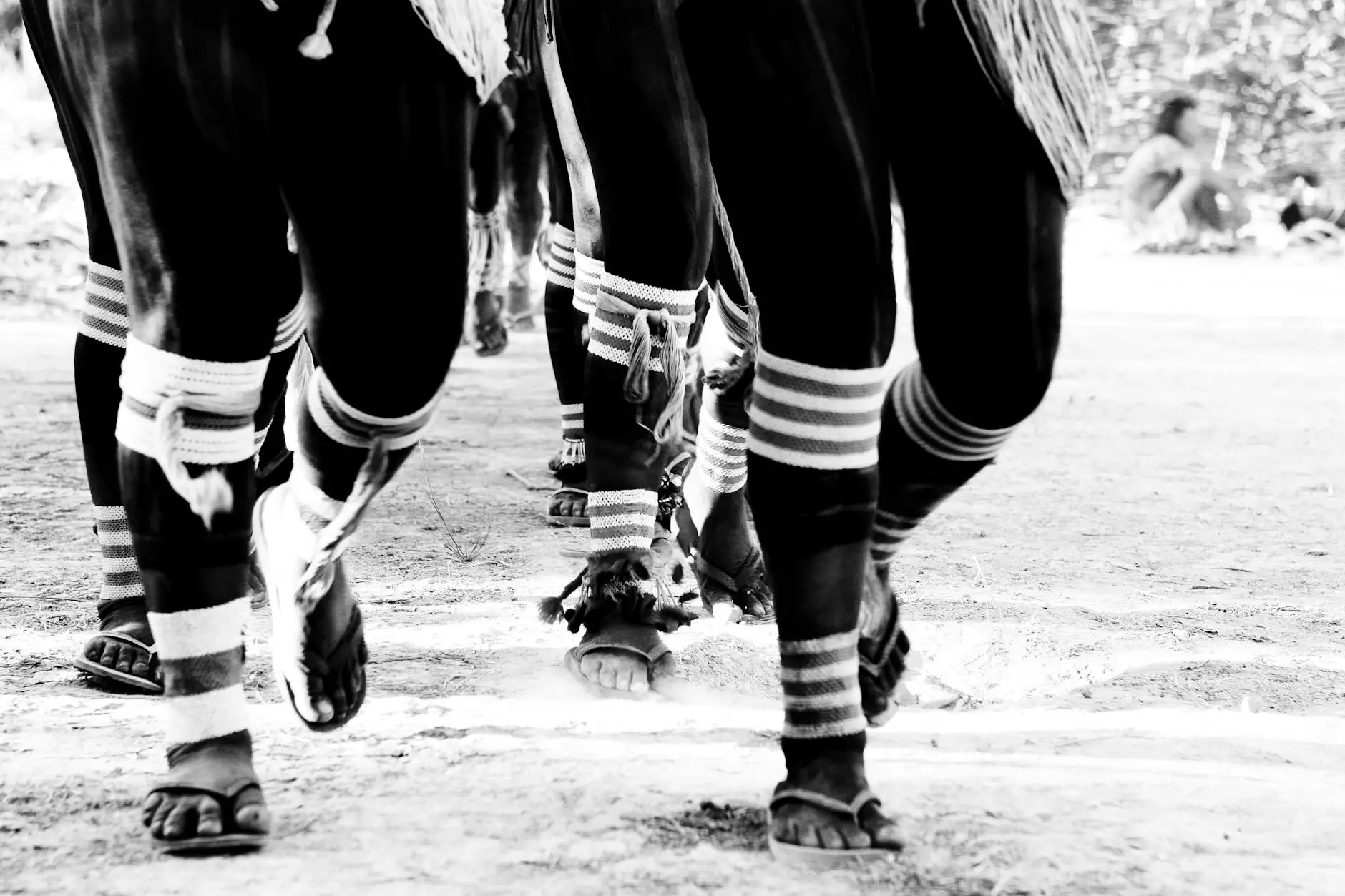Knee and Ankle Swelling: Understanding the Causes, Symptoms, and Treatment Options

Knee and ankle swelling is a common condition that can affect individuals of all ages, and understanding the underlying causes, symptoms, and available treatment options is crucial for maintaining good health. This article aims to delve into the intricacies of knee and ankle swelling, shedding light on the factors that contribute to this issue, as well as effective management strategies.
What Causes Knee and Ankle Swelling?
Knee and ankle swelling can occur due to a variety of factors. Here, we explore the most common causes:
- Injuries: Trauma such as sprains, strains, or fractures can lead to swelling in the knee or ankle. Injured tissues become inflamed, and fluid accumulates in the area, causing visible swelling.
- Arthritis: Conditions like osteoarthritis, rheumatoid arthritis, or gout can lead to knee and ankle swelling. Inflammation from arthritis results in fluid buildup within the joint spaces.
- Infections: Joint infections, including septic arthritis, can cause severe swelling, redness, and pain. These infections require immediate medical attention.
- Venous Insufficiency: Poor circulation can lead to fluid retention in the lower extremities, resulting in swelling. Conditions like varicose veins can exacerbate this issue.
- Heart, Liver, and Kidney Conditions: Cardiovascular or organ diseases can lead to generalized or localized swelling in the legs and ankles due to fluid retention.
- Medications: Certain medications, particularly those for high blood pressure and non-steroidal anti-inflammatory drugs (NSAIDs), may cause swelling as a side effect.
Identifying Symptoms of Knee and Ankle Swelling
Recognizing the symptoms associated with knee and ankle swelling is essential for seeking appropriate medical care. Typical symptoms include:
- Visible Swelling: Noticeable enlargement of the knee or ankle compared to the opposite limb.
- Pain: Discomfort or sharp pain in the joint, especially when moving or bearing weight.
- Stiffness: Difficulty bending or straightening the knee or ankle due to swelling and pain.
- Redness and Warmth: The affected area may appear red or feel warm to the touch, indicating inflammation or infection.
- Limited Range of Motion: Swelling can restrict movement, making it difficult to perform daily activities.
When to Seek Medical Attention
While mild swelling may resolve on its own, it’s vital to seek medical attention if you experience:
- Sudden swelling in one leg or ankle, possibly indicating a blood clot.
- Persistent pain in the affected joint.
- Signs of infection, such as fever or chills.
- Swelling after a significant injury or trauma.
- Difficulty breathing or chest pain, which may signify a serious underlying condition.
Diagnosis of Knee and Ankle Swelling
To accurately diagnose the cause of knee and ankle swelling, healthcare providers may conduct a variety of tests, including:
- Physical Examination: A thorough examination of the affected area to check for swelling, tenderness, and range of motion.
- Imaging Studies: X-rays, MRIs, or ultrasounds may be ordered to visualize the structures of the knee or ankle and identify any abnormalities.
- Blood Tests: Laboratory tests can determine the presence of infection, inflammation, or underlying medical conditions.
- Joint Aspiration: In some cases, fluid may be drawn from the joint for analysis to check for infection or crystals indicative of gout.
Treatment Options for Knee and Ankle Swelling
Treatment for knee and ankle swelling varies depending on the underlying cause. Here are some common treatment approaches:
1. Rest, Ice, Compression, and Elevation (RICE)
The RICE method can provide immediate relief for minor injuries:
- Rest: Avoid putting weight on the affected joint.
- Ice: Apply ice packs for 15-20 minutes several times a day to reduce swelling and numb pain.
- Compression: Use compression bandages to help control swelling.
- Elevation: Keep the leg elevated above the level of the heart to reduce fluid accumulation.
2. Medications
Over-the-counter non-steroidal anti-inflammatory drugs (NSAIDs) like ibuprofen or naproxen can help reduce pain and inflammation. Prescription medications may be necessary for more severe cases, especially those involving chronic conditions like arthritis.
3. Physical Therapy
Strengthening and stretching exercises under the guidance of a physical therapist can improve mobility and reduce swelling. Physical therapy is often a crucial component of recovery, especially after an injury or surgery.
4. Lifestyle Modifications
Consider adopting healthier lifestyle choices:
- Weight Management: Maintaining a healthy weight reduces stress on knee and ankle joints.
- Regular Exercise: Engage in low-impact exercises like swimming or cycling that minimize joint stress while promoting circulation.
- Hydration: Drink plenty of water to help regulate fluid balance in the body.
5. Surgical Options
For severe cases, particularly those involving structural damage to the knee or ankle, surgery may be required. Common procedures include:
- Arthroscopy: A minimally invasive procedure to clean out debris or repair damaged surfaces in the joint.
- Joint Replacement: For advanced arthritis, partial or complete joint replacement may be an option.
Preventive Measures for Knee and Ankle Swelling
To reduce the risk of developing swelling in the knees and ankles, consider the following preventive strategies:
- Warm-Up and Cool Down: Always prepare your body prior to exercise and cool down afterward to prevent injury.
- Wear Proper Footwear: Choose supportive shoes that fit well to minimize the risk of ankle injuries.
- Listen to Your Body: If you feel pain or discomfort, stop the activity to prevent worsening an injury.
- Manage Existing Health Conditions: Keep chronic conditions like hypertension and diabetes under control to minimize complications.
Conclusion
Knee and ankle swelling can be a complex issue influenced by a multitude of factors. Understanding the causes and symptoms, combined with prompt medical intervention and effective treatment strategies, can significantly enhance recovery outcomes. At Truffles Vein Specialists, we emphasize the importance of precise diagnosis and personalized treatment plans for those experiencing knee and ankle swelling. Consult with our healthcare professionals to explore your symptoms and find the most suitable interventions tailored to your needs.
By taking proactive measures and staying informed, you can effectively manage knee and ankle swelling, ensuring a healthier, more active lifestyle.









